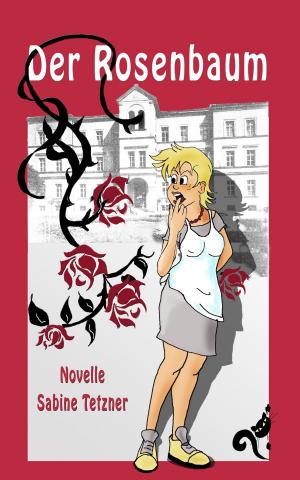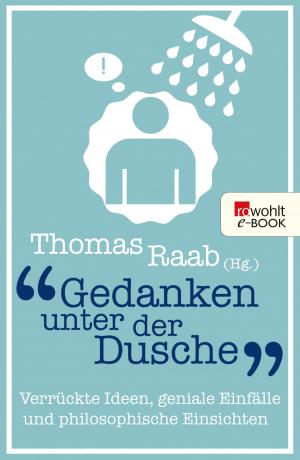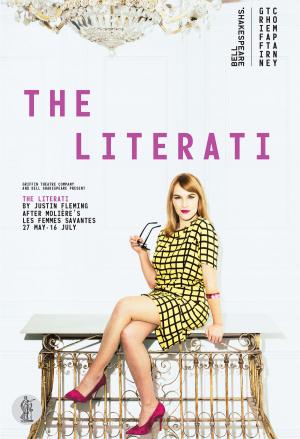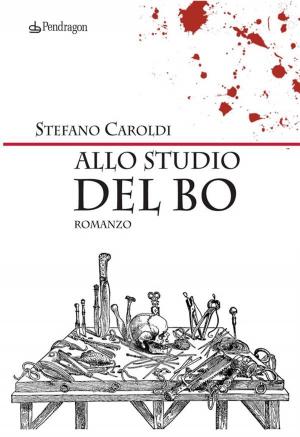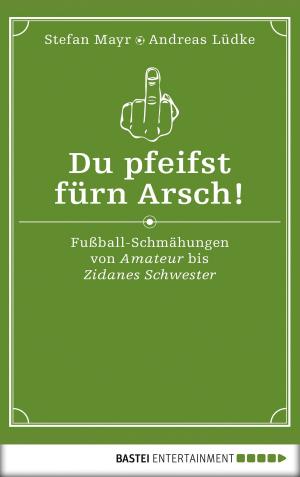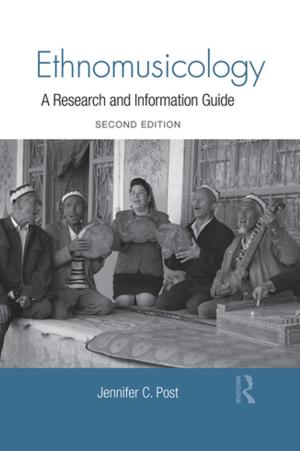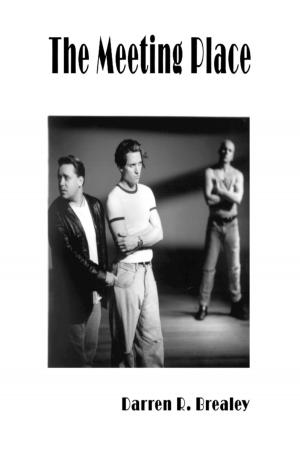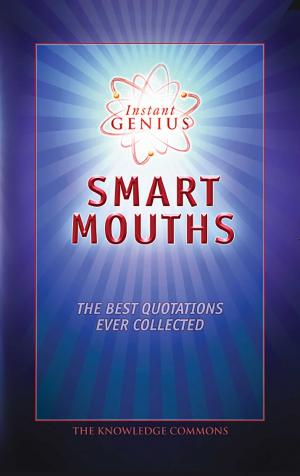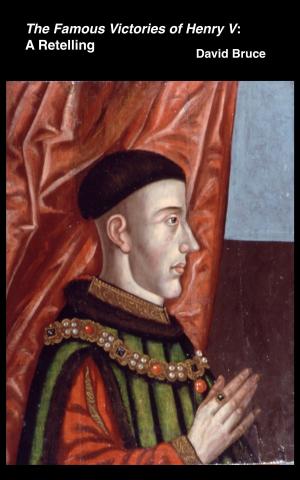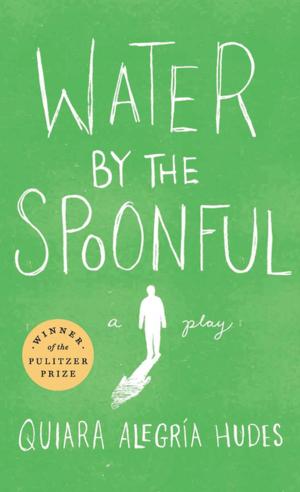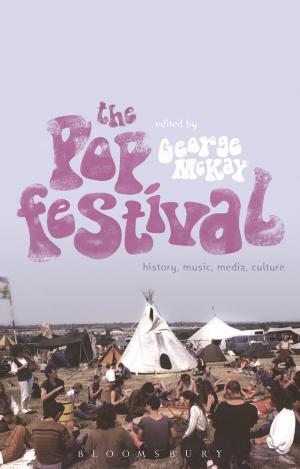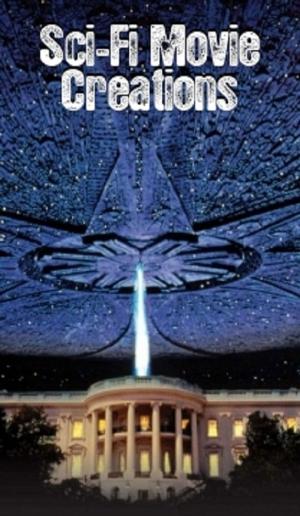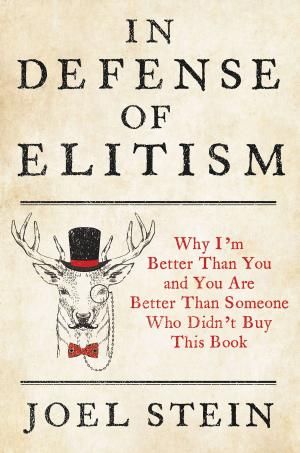| Author: | Leo Cappel | ISBN: | 9781310140389 |
| Publisher: | Leo Cappel | Publication: | October 21, 2015 |
| Imprint: | Smashwords Edition | Language: | English |
| Author: | Leo Cappel |
| ISBN: | 9781310140389 |
| Publisher: | Leo Cappel |
| Publication: | October 21, 2015 |
| Imprint: | Smashwords Edition |
| Language: | English |
I love Mozart’s music for the Magic Flute, but I’ve never been convinced by the libretto, which was written for him by Schikaneder. I can understand the Free Mason background to the script, but there are too many loose ends. For instance: who - or why - was the “Queen of the Night”? Why was Papageno a bird catcher, was it for food or for some symbolic reason? And most importantly, where did the Magic Flute – the instrument – come from? Magic objects, like the sword “Excalibur” or the Grail, invariably have a legendary history, not so Schikaneder’s Flute.
“PAPAGENINA’S FLUTE” is my young person’s answer to some of these questions.
Papagenina is the daughter of Papageno and Papagena, For her 13th birthday she is given the Magic Flute. To learn to use the instrument she visits her remote ancestor, Ole’pa. Still too inexperienced, and while trying to conjure up her Prince, she ‘creates’ the Queen of the Night by mistake. The play develops from there.
As the play is written for teenagers, it can be produced very successfully by young people.
The full score of the songs, the dances and the incidental music is available, and may be played by youngsters with only limited experience. Suggested instruments: concert flute and a small (Irish) harp, or concert flute, mandolin, acoustic guitar; and triangle. If necessary, a tenor recorder may be substituted for the flute. A large drum or gong is played off-stage.
Any theatre company wishing to produce this musical, please contact the author.
Leo Cappèl
I love Mozart’s music for the Magic Flute, but I’ve never been convinced by the libretto, which was written for him by Schikaneder. I can understand the Free Mason background to the script, but there are too many loose ends. For instance: who - or why - was the “Queen of the Night”? Why was Papageno a bird catcher, was it for food or for some symbolic reason? And most importantly, where did the Magic Flute – the instrument – come from? Magic objects, like the sword “Excalibur” or the Grail, invariably have a legendary history, not so Schikaneder’s Flute.
“PAPAGENINA’S FLUTE” is my young person’s answer to some of these questions.
Papagenina is the daughter of Papageno and Papagena, For her 13th birthday she is given the Magic Flute. To learn to use the instrument she visits her remote ancestor, Ole’pa. Still too inexperienced, and while trying to conjure up her Prince, she ‘creates’ the Queen of the Night by mistake. The play develops from there.
As the play is written for teenagers, it can be produced very successfully by young people.
The full score of the songs, the dances and the incidental music is available, and may be played by youngsters with only limited experience. Suggested instruments: concert flute and a small (Irish) harp, or concert flute, mandolin, acoustic guitar; and triangle. If necessary, a tenor recorder may be substituted for the flute. A large drum or gong is played off-stage.
Any theatre company wishing to produce this musical, please contact the author.
Leo Cappèl

